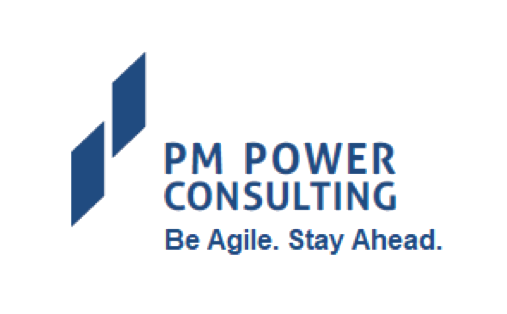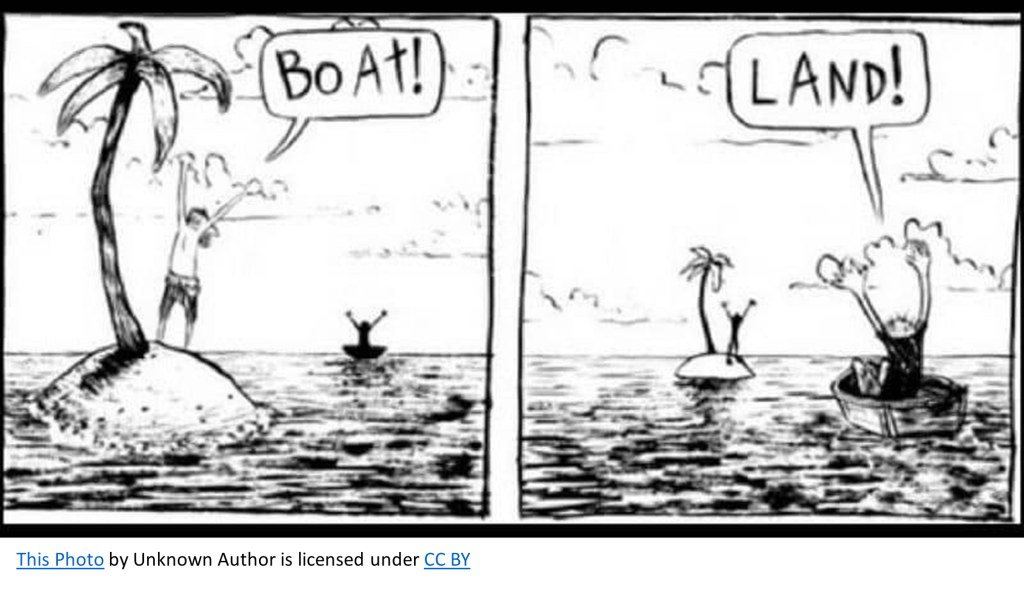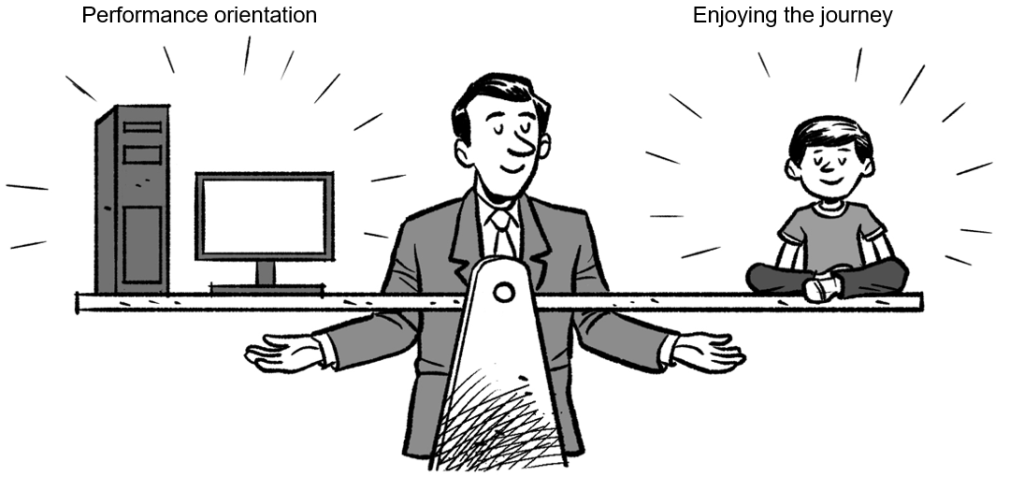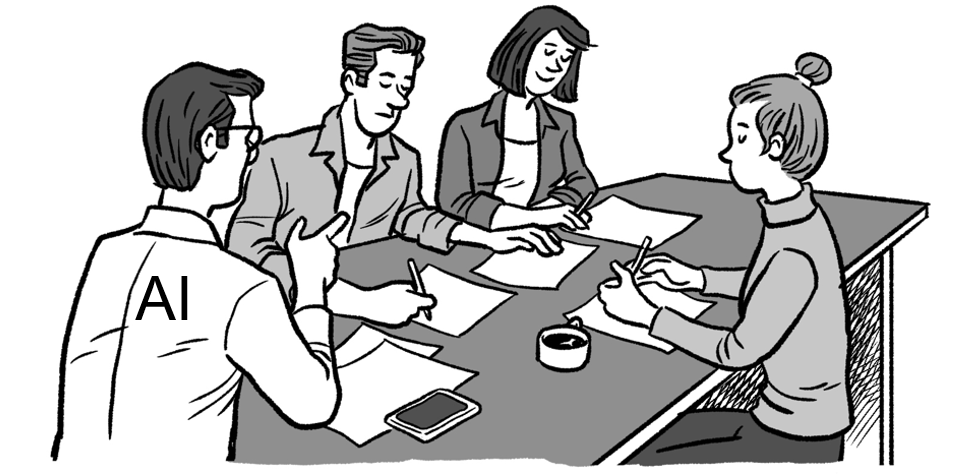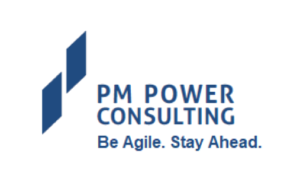This Challenge of the Week (CHOW) is related to the blog on “Doing Agile Right – Balance“.
Kishore is a friend of mine and head of the people function in a young software organization based in Mumbai. He got inspired by the book Doing Agile Right referred to in the above blog and wanted to develop an operating model for his HR function along the lines of an example in the above book. He came to me for some tips to get started. I suggested a simple operating model broadly covering a Manifesto, a set of Principles and a set of Practices (by the way, if you want a quick refresher on the Agile Manifesto and Principles, refer article). Kishore expanded on the idea and came up with a laundry list of items.
Here is Kishore’s draft HR Operating Model
Manifesto
- Employee engagement over attrition management
- Learning by doing over formal training
- Talent attraction over “funnel” building
- Team work over individual brilliance
Principles
- Effective equipping of associates
- Equity for all
- An adaptative HR
- Fun@work
- A workplace for the future
- Brand-building by HR
Practices
- Job descriptions are clearly articulated
- Associates do not view roles as constraints for collaboration
- Associates are on-boarded formally at org-level and at project level
- Regular and frequent feedback on performance is provided to associates
- Managers conduct skip-level meetings with individuals for feedback and action
- All new internal job opportunities are visible for associates to apply
- People selection process for new opportunities is visible to applicants
- Periodic assessments and reviews of compensation & benefits are conducted and acted upon
- Associates can raise issues to the CEO anonymously
- Associates’ issues are addressed by HR & respective line managers within 30 days of the date of the issue
- Associates are treated as customers of HR
- Regular employment engagement surveys are conducted and acted upon
- HR leverages tools for efficiency and effectiveness in their operation (such as in recruitment, performance management etc.)
- Associates know how they can grow in the organization and how to prepare for growth
- Achievements – small and big – are celebrated
- Associates’ families participate in company socials
- Leaders communicate in person on a regular basis with all associates (on key events, initiatives etc.)
- Company performance and plans are published on a regular basis
- Associates avail time on the job to upskill themselves
- Associates choose their learning content and mode
- Associates are provided the resources and support to build skills for the future
- HR actively contributes to ongoing employee communication using multiple channels
- HR actively participates in the organization’s outbound communication channels, events, industry forums etc.
- Associates formally recognize peers for their contribution
- Associates volunteer for 360-degree feedback for their performance reviews
Note that the above model focuses on making HR as a function to be more agile. There is another aspect of HR which is enabling the entire organization be more agile across all functions and teams. That aspect would require the above model to expand considerably – out of scope for this post.
Exercise
To help Kishore better understand the above model and its application in real-life situations, I gave him the quiz below. Would you like to attempt? Just five multiple choice questions. Note that answers include an element of judgement. Suggested answers (some may be controversial!) are just one point of view. The quiz:
